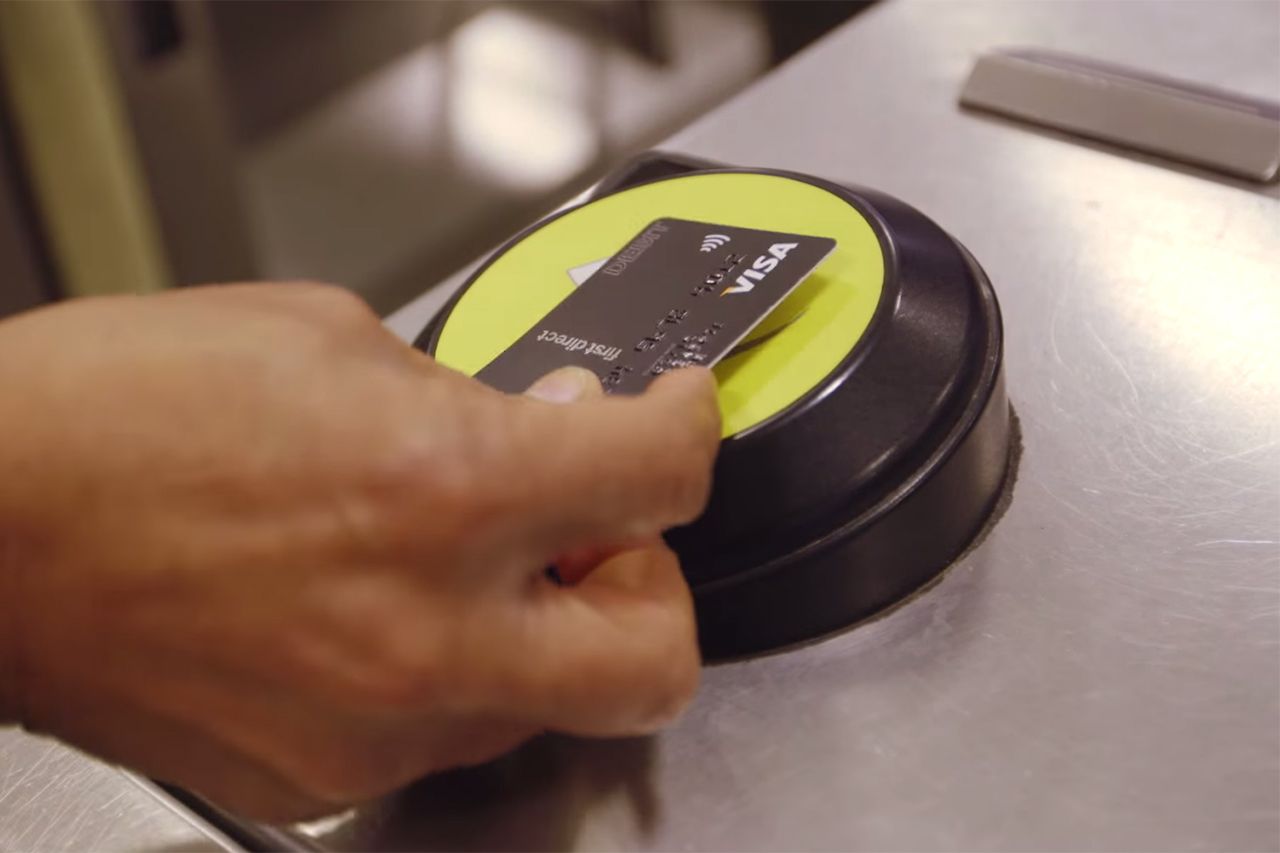Transport for London has revealed that over one million passengers have paid for travel in the capital using their smartphones or contactless payment cards since London Underground started to accept the method. Of those, 375,000 have paid for Tube journeys since the launch date of 16 September.
The rest have used their cards and phones on the London bus and tram networks, with the former having accepted contactless payments for longer - since December 2012.
Contactless payments are now acceptable on all Tube, tram, DLR, London Overground and National Rail services that also accept Oyster cards and TfL has seen a rise in their use to almost five per cent of all pay and go services across the city.
The Tube stations where the method of payment is most popular, it revealed, are Canary Wharf, Oxford Circus, London Bridge, Victoria and Liverpool Street.
"It is really encouraging to see over one million contactless journeys on transport across London in the first week," said Shashi Verma, TfL's director of customer experience.
"We want travelling in London to be as easy and convenient for our customers as possible and contactless is one of the steps we have taken to make that happen."
Contrary to some reports, using a contactless payment card or smartphone can cost the same as using an Oyster. Customers using the method will be charged the same adult-rate pay as you go fare, with fares being similarly capped to avoid overcharging. The system will automatically calculate the best fare for all the journeys made in a day or over a seven day period from Monday to Sunday.
Oyster is still the best system, however, for long term travel cards.
Card clash has been an issue, said TfL, but it is being carefully monitored and customers are refunded when they may have accidentally touched more than one card on a reader and paid with a card they didn't intend to use. On average, it was revealed, the network sees around 1,700 instances of card clash a day.
It is recommended that you keep an Oyster card separate from a cash card, for example.

